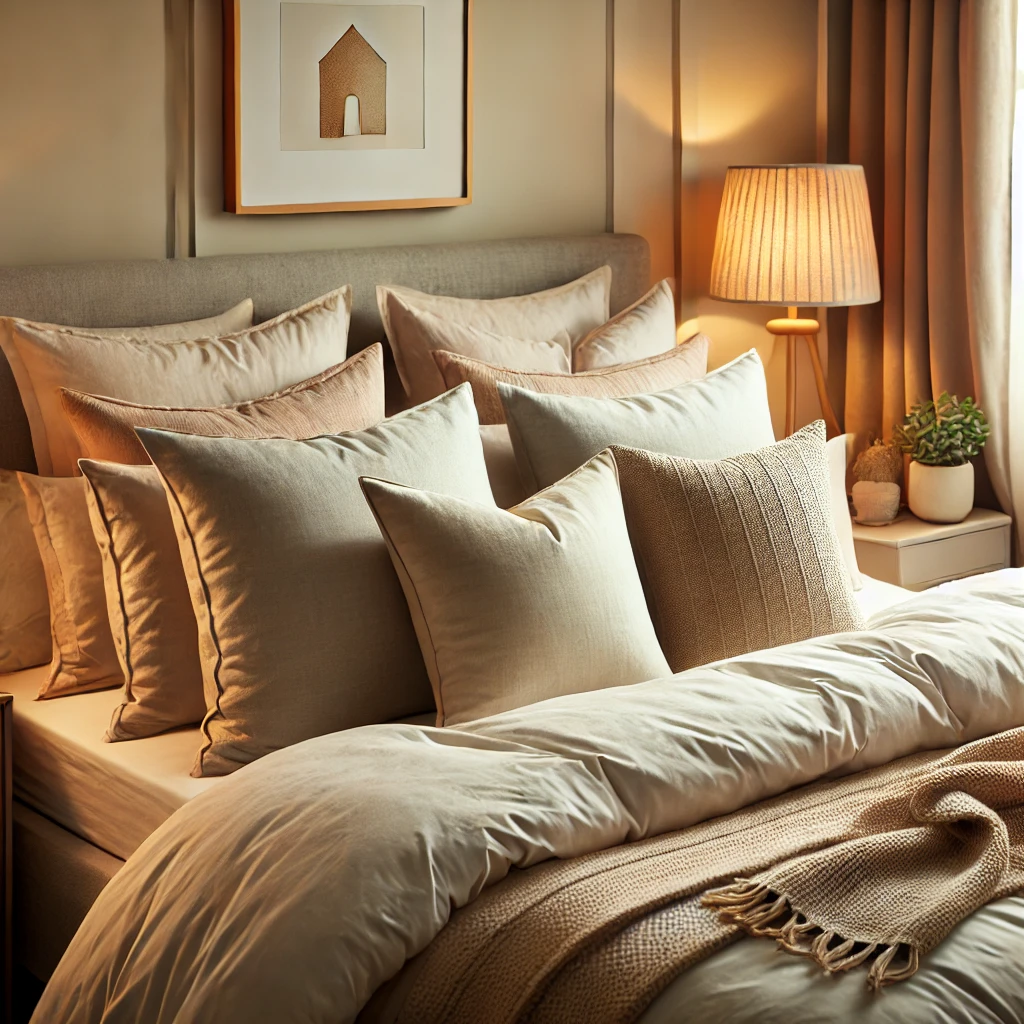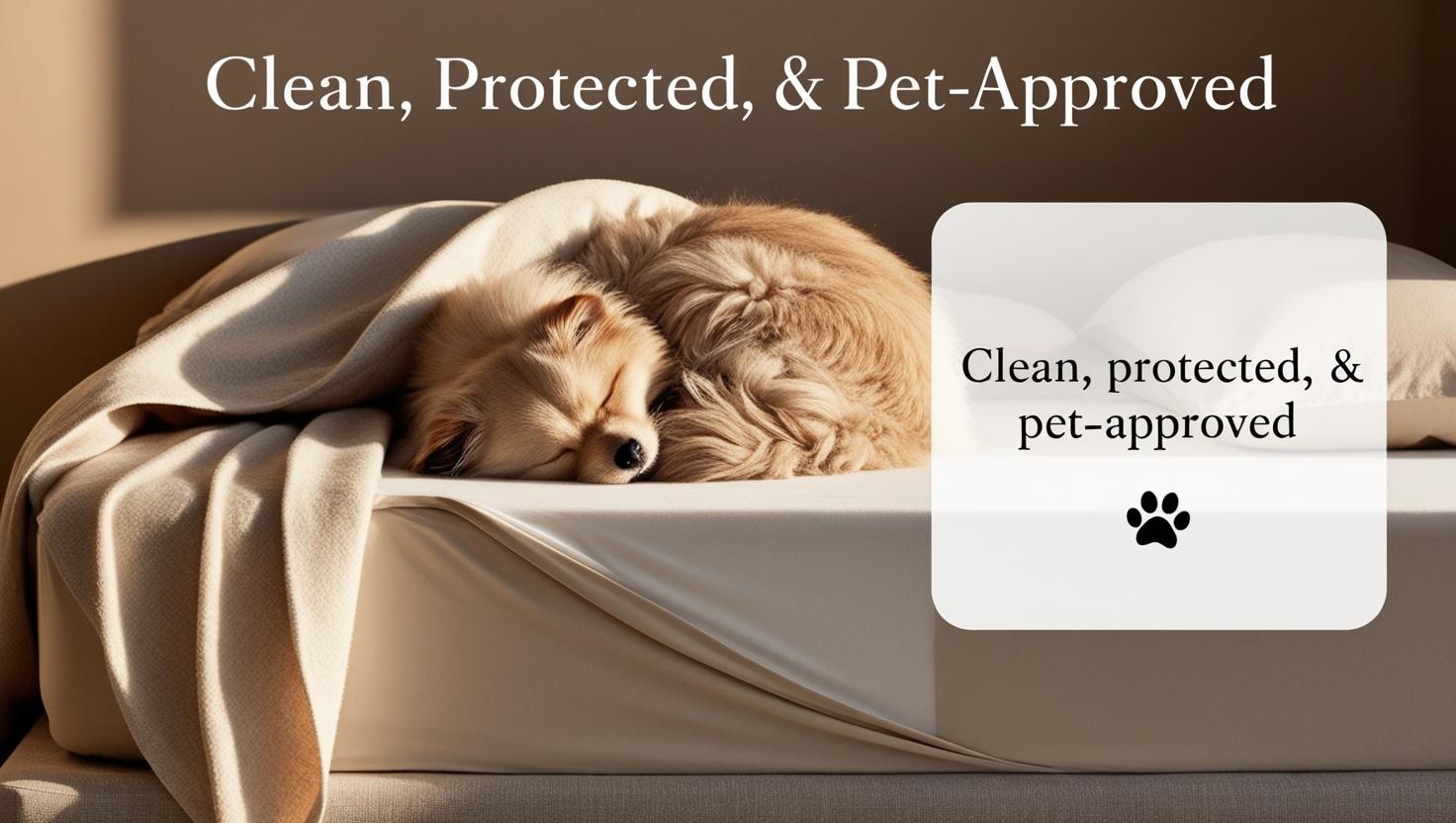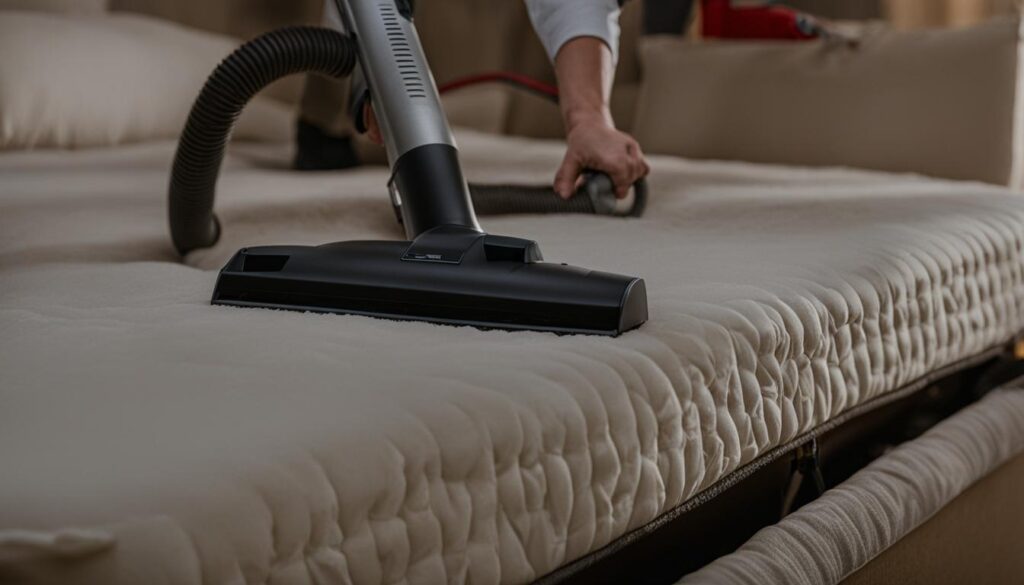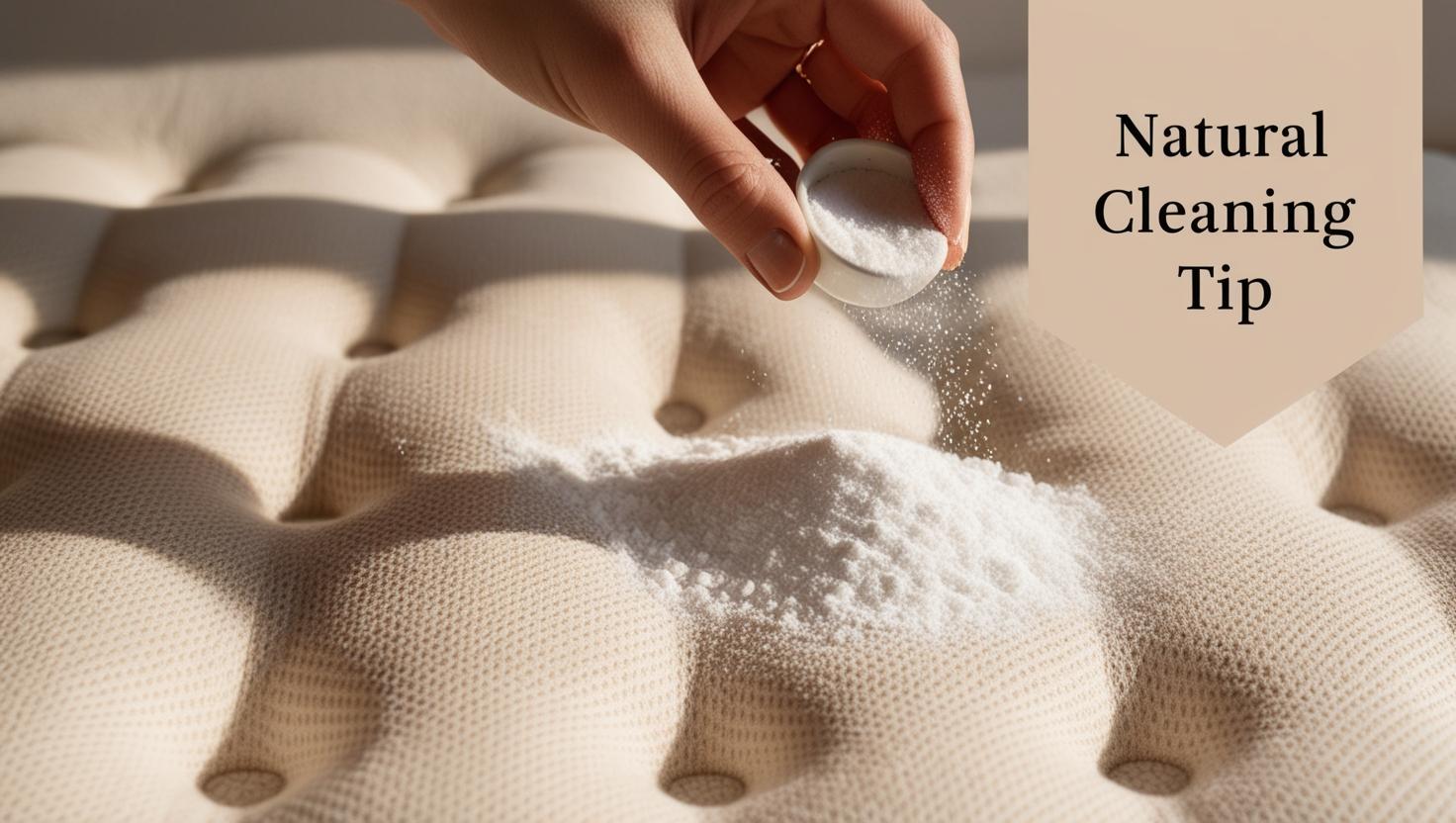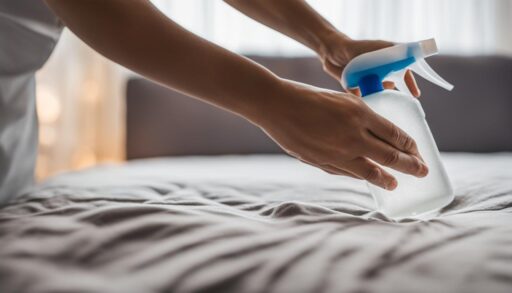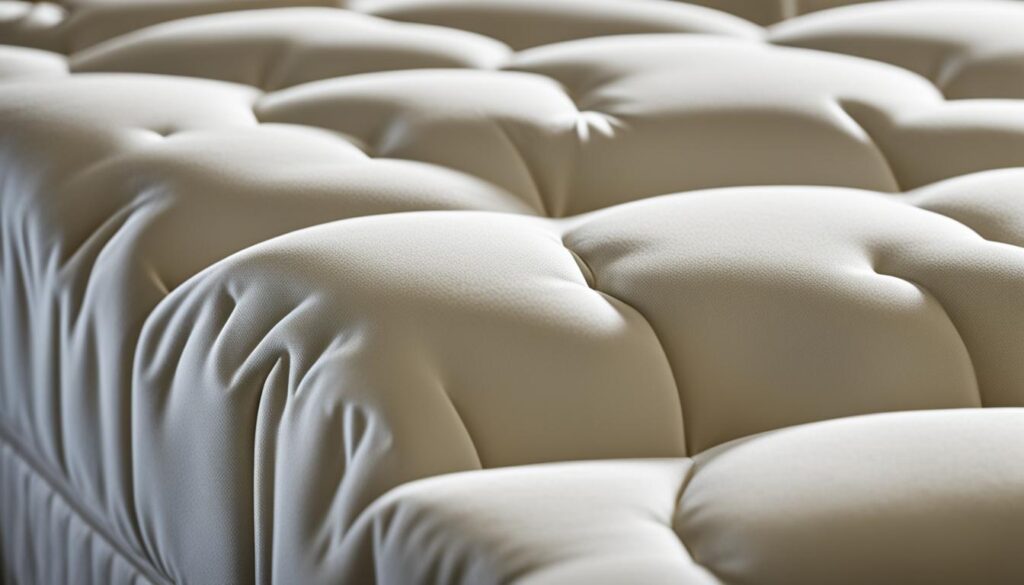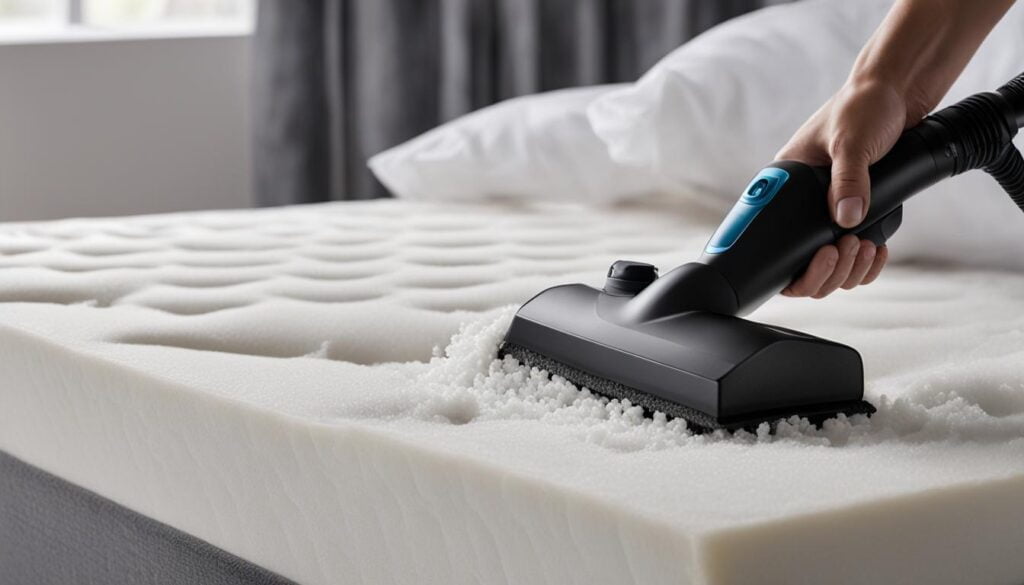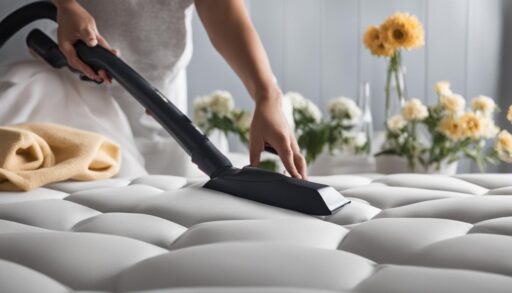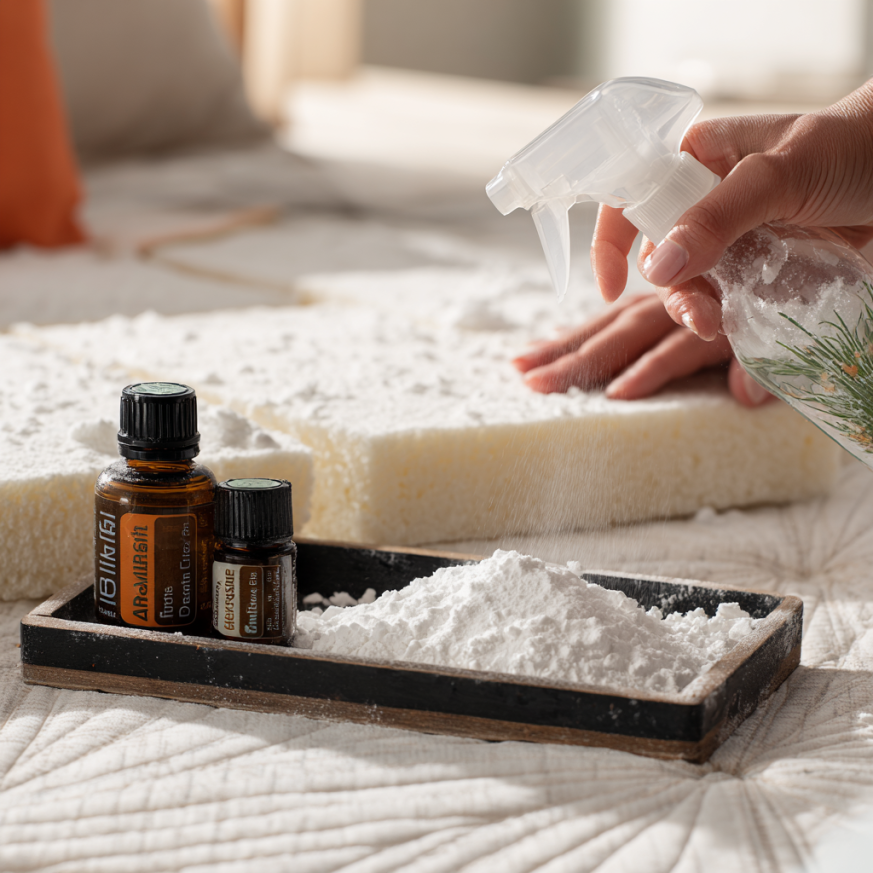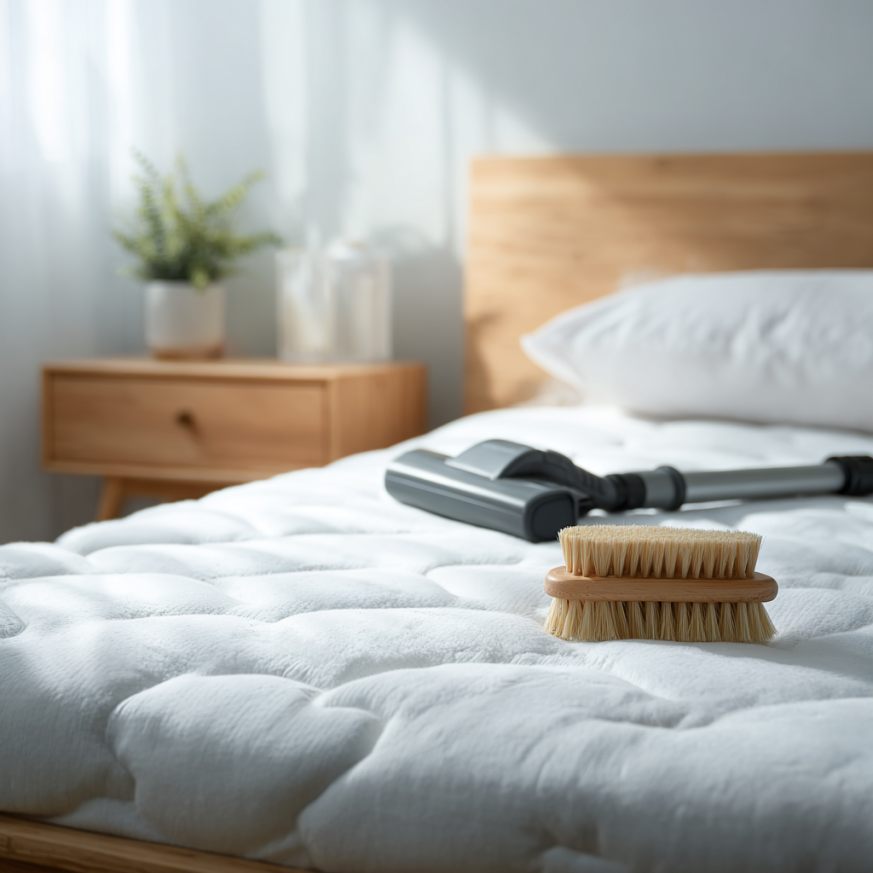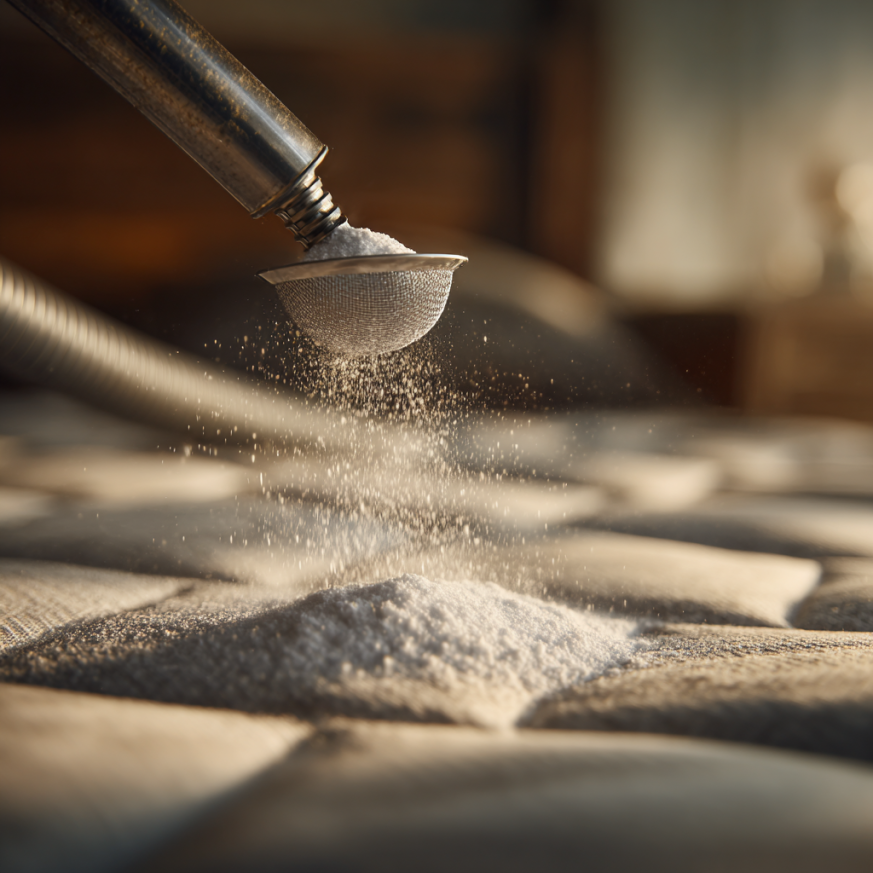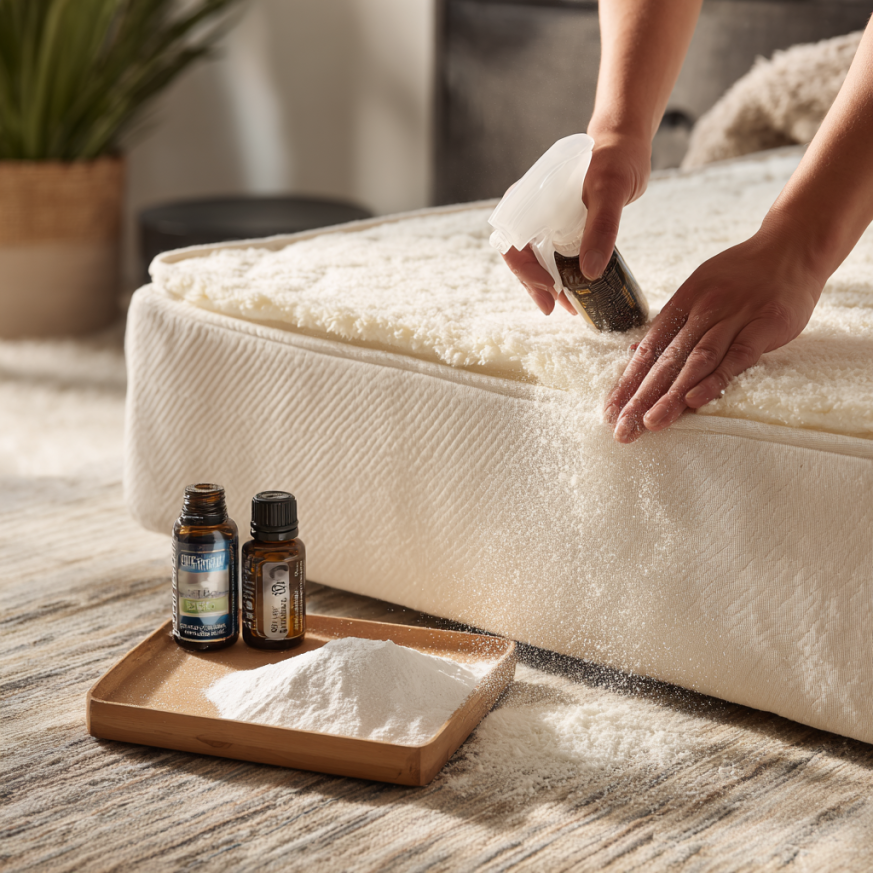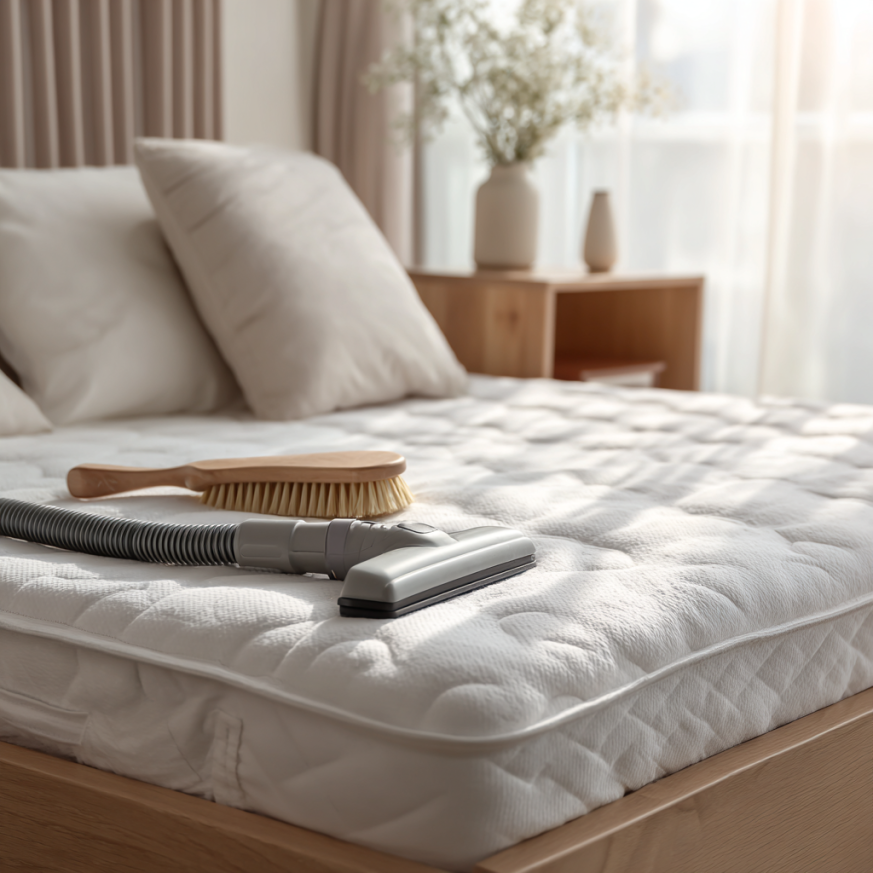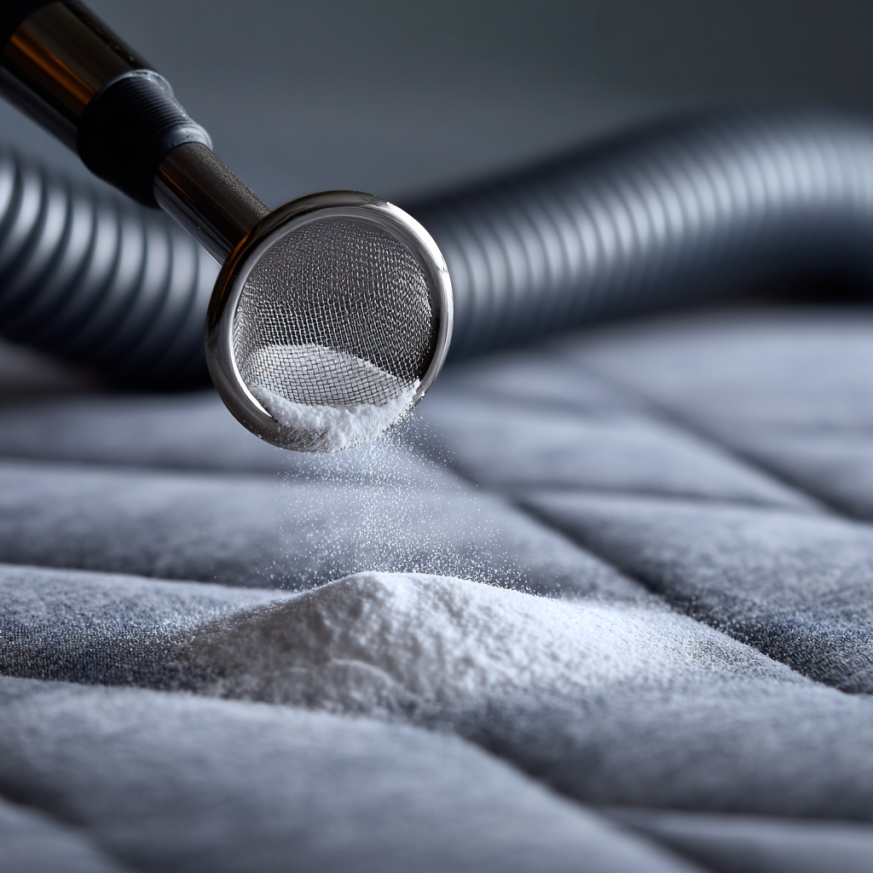Mirrors and Wall Decor: Creative Ideas to Enhance Your Space
Looking for quick wins with mirrors and wall decor? Place mirrors opposite windows to bounce light, use statement frames as focal points, and finish sections with art that repeats your room’s metals or woods. These moves instantly brighten rooms, create the illusion of space, and add personality—no renovation required.
Key Takeaways on Mirrors and Wall Decor
- Use mirrors and wall decor to reflect natural and artificial light and make rooms feel larger.
- Start with one focal piece (a large mirror or gallery) and layer complementary wall art around it.
- Match frames to room finishes (wood, black, brass) for a cohesive look that reads “designed.”
- Hang mirrors at eye level, opposite light sources, and at the end of narrow halls to “open” them up.
- End each section of styling with an image and alt text that includes “mirrors and wall decor” for accessibility and SEO.
Mirrors and wall decor have the transformative power to enhance any living space. Adding these decorative elements can breathe life into a room and make it uniquely yours. Discover the endless possibilities and creative ideas to elevate your home decor with mirrors and wall decor. With a wide range of options available, you can find the perfect pieces to suit your style and preferences. Let’s explore the numerous ways in which mirrors and wall decor can enhance every room in your home.
Mirrors as Decorative Elements that Bring Function and Beauty
Summary: Mirrors do more than reflect; they amplify light, architecture, and views—instantly making spaces feel brighter, bigger, and more polished.
Mirrors are not just practical objects for checking your appearance; they also have the power to enhance the beauty and functionality of a room. Their decorative appeal goes beyond aesthetics, as they can lighten and brighten any space, creating a more inviting and open atmosphere. By strategically placing mirrors in a room, you can also create the illusion of a larger space, making it appear more spacious and airy.
One of the key functions of mirrors is their ability to mimic architecture. They can be used to reflect and amplify architectural details, making the room feel more grand and sophisticated. Additionally, mirrors can be strategically positioned to fake a view of the outdoors, bringing a sense of nature and tranquility inside. This is particularly useful in urban areas where natural scenery may be limited.
When it comes to incorporating mirrors into your home decor, the possibilities are endless. You can choose from a variety of shapes, sizes, and styles to suit your personal taste and the overall design of your space. Whether you opt for a statement mirror that becomes the focal point of the room or use multiple mirrors to create an interesting gallery wall, mirrors can truly transform the look and feel of any space in your home.
“Mirrors are not just practical objects for checking your appearance; they also have the power to enhance the beauty and functionality of a room.”
Using Mirrors to Lighten and Brighten
Summary: Place mirrors opposite or adjacent to light sources to multiply brightness and visually expand the room—even in spaces with limited daylight.
One of the primary functions of mirrors in home decor is their ability to lighten and brighten a space. Mirrors reflect natural and artificial light, spreading it across the room and creating a more luminous atmosphere. This is especially useful in rooms with limited natural light or in spaces that feel dark and closed off.
By strategically placing mirrors near windows or opposite light sources, you can maximize the amount of light in the room. This not only creates a more welcoming environment but also makes the space appear larger and more open. Mirrors can also be used to bounce light around corners or into alcoves, effectively brightening up every corner of the room.
In addition to their practical function, mirrors also have a decorative appeal when used to lighten and brighten a room. They add a touch of elegance and style, making the space feel more sophisticated and visually pleasing. Whether you choose a large statement mirror or a collection of smaller mirrors, incorporating mirrors into your home decor is a surefire way to enhance the overall look and feel of any room.
| Benefits of Mirrors as Decorative Elements | Examples |
|---|
| Lighten and brighten any space | Placing a large mirror opposite a window in a small living room to reflect natural light and create the illusion of a larger space. |
| Increase the sense of space | Using a floor-to-ceiling mirror in a narrow hallway to visually widen the space. |
| Mimic architectural details | Positioning a mirror to reflect a beautiful chandelier and create a sense of grandeur in a dining room. |
| Create the illusion of a view of the outdoors | Placing a mirror on a wall opposite a window with scenic views to bring a sense of nature and tranquility inside. |

Mirror Decor Ideas
Summary: Mix eras, finishes, and scales—one star mirror plus supporting pieces—so your wall reads intentional, not cluttered.
| Mirror Decor Ideas | Description |
|---|
| Vintage Mirrors | Create a unique gallery wall using vintage mirrors of different shapes and sizes. |
| Statement Wallpaper | Use a large mirror to reflect and enhance bold statement wallpaper in the room. |
| Art Deco-Inspired Mirror | Add glamour and sophistication with an Art Deco-inspired mirror as a focal point. |
| Mirror Wall Installation | Create a stunning visual effect by covering a wall with mirrors of various sizes and shapes. |
| Mirror and Design Element Combination | Combine mirrors with other design elements to create unique and captivating displays. |
Choosing the Ideal Mirror for Your Wall Decor
Summary: Pick shape and size to fit the wall, then match style (Deco, mid-century, contemporary) to your room’s furniture and finishes.
When it comes to selecting the ideal mirror for your wall decor, several factors should be taken into consideration. The mirror’s form, size, and design style play an important role in determining how well it will complement your overall decor scheme. Whether you have a small apartment or a spacious home, there are mirror options that can enhance your space effectively.
If you’re going for a timeless and elegant look, consider opting for Art Deco-style mirrors. These mirrors have a luxurious appeal that can elevate the aesthetic of any room. On the other hand, if you prefer a more retro and classic vibe, Mid-Century-style mirrors are a great choice. These mirrors often feature sleek lines and unique designs that can be paired with iconic furniture pieces.
When it comes to the shape of the mirror, round wall mirrors are commonly used in bathrooms, washbasins, and bedrooms. They add a soft and organic touch to the space. On the other hand, rectangular wall mirrors have a more traditional and minimalist appeal. They are versatile and can be used in various rooms throughout the home.
If you’re looking to add a bold statement to your wall decor, consider abstract wall mirrors. These mirrors come in a variety of shapes and designs, allowing you to express your personal style and add authenticity to your space. Whether you choose small, medium, or full-size mirrors, each one serves its purpose and can enhance the overall aesthetic of your wall decor.
| Mirror Type | Design Style |
|---|
| Round Wall Mirrors | Soft and Organic |
| Rectangular Wall Mirrors | Traditional and Minimalist |
| Abstract Wall Mirrors | Bold and Unique |
Practical Tips for Decorating with Wall Mirrors
Summary: Treat mirrors like art, size them to the room, and align heights with sightlines for balance and impact.
- Treat mirrors as pieces of art: Mirrors can be beautiful decorative elements in their own right. Choose mirrors with interesting shapes, frames, or designs that complement your style and the overall decor of the room.
- Consider the design era: Mirrors come in various design styles, from antique to modern. Consider the design era of your space and select mirrors that align with the overall style. For example, an Art Deco mirror can add a touch of glamour and elegance to a vintage-inspired room.
- Use mirrors as focal points: Position mirrors strategically to create focal points in the room. Place a large mirror above a fireplace or lean a statement mirror against a wall to draw attention and add visual interest.
- Opt for large mirrors: Large mirrors can not only reflect more light and create the illusion of more space, but they can also add depth and dimension to a room. Consider placing a large mirror on a feature wall or opposite a window to maximize its impact.
- Pay attention to height and positioning: The height and positioning of mirrors are crucial for achieving the desired effect. Hang mirrors at eye level or slightly higher to create balance and visual harmony. Avoid placing mirrors too high or too low, as they may seem out of place.
- Consider proportion in mirror sizes: When choosing multiple mirrors for a space, consider the proportion and size of each mirror in relation to the overall room size. In larger rooms, opt for larger mirrors, while smaller mirrors work well in smaller spaces or as part of a gallery wall.
- Complement mirror decor with furniture: To create a cohesive and visually appealing look, consider the placement of furniture in relation to your mirror decor. Position mirrors above console tables, dressers, or mantels to enhance the overall aesthetic and create a complete design composition.

Table: Mirror Styles and Design Eras
| Mirror Style | Design Era | Description |
|---|
| Antique | 18th and 19th centuries | Ornate frames, intricate carvings, and vintage charm |
| Art Deco | 1920s and 1930s | Geometric shapes, sleek lines, and luxurious materials |
| Mid-Century Modern | 1940s to 1960s | Clean lines, organic forms, and minimalist design |
| Contemporary | Present day | Sleek, minimalist frames or bold, unconventional designs |
Using Mirrors for Various Rooms in Your Home
Summary: Tailor mirror placement to each room—entry impact, corridor widening, living depth, bathroom brightness, dining drama.
Mirrors for Entrance Halls:
In entrance halls, mirrors can create a lasting impression on guests and provide a sense of comfort when returning home. Placing a mirror above a console table or closer to the floor can create an incredible effect. A well-lit and prominent mirror in the entrance hall can enhance the overall ambiance of your home.
Mirrors for Corridors:
Corridors often benefit from mirrors by making small and narrow spaces appear larger. Horizontal models with decorative accents can work well in corridors, adding a touch of style and elegance.
Mirrors in Living Rooms:
In living rooms, mirrors can be placed strategically to enhance the overall design and layout. They can be used to create the illusion of a window, positioned above fireplaces, or placed alongside stylish cabinets. Mirrors in living rooms can add depth and dimension to the space, making it feel more expansive and inviting.
Mirrors in Bathrooms:
Bathrooms can benefit from mirrors by reflecting natural light and bringing coziness to small or dark spaces. Multiple mirrors can be used to create a glamorous and visually appealing look. Mirrors in bathrooms not only serve a functional purpose but also contribute to the overall aesthetic of the room.
Mirrors in Dining Rooms:
Dining rooms can be enhanced with the addition of mirrors, adding a pop of luxury and brightening up the space. Mirrors can be painted to create stunning frames that complete the overall decor of the room. Choosing the right mirror for your dining room can create a visually appealing and inviting atmosphere for you and your guests.
Watch a quick video for more inspiration

The Benefits of Mirrored Wall Decor
Summary: Mirrors boost light, space, style versatility, and mood—especially helpful in dim or compact rooms.
Mirrored wall decor offers a multitude of benefits for your home. One of the primary advantages is the reflection of light. Mirrors have the unique ability to bounce light around a space, brightening it up and creating a more open and inviting atmosphere. This can be particularly beneficial in rooms that lack natural light or feel small and cramped. By strategically placing mirrors, you can maximize the amount of light in the room and create a sense of spaciousness.
In addition to their light-reflecting properties, mirrored wall decor is also a versatile decorative element. With a wide range of styles and designs available, you can find mirrors that complement your existing decor and enhance the overall aesthetic of your space. Whether you prefer sleek and modern mirrors or ornate and vintage-inspired designs, there are endless style options to choose from. Mirrors can add a touch of elegance, glamour, or even playfulness to any room, allowing you to personalize your space and make a statement.
Another benefit of mirrored wall decor is its ability to boost natural light. If you have a room that receives limited sunlight or lacks windows, strategically placing mirrors can help capture and reflect any available natural light, making the space feel brighter and more vibrant. This is especially beneficial during darker seasons or in rooms that are naturally dimly lit. By harnessing the power of mirrors, you can create a warm and inviting atmosphere in any room of your home.
| Benefits of Mirrored Wall Decor |
|---|
| Reflection of light |
| Creating the illusion of space |
| Versatile decorative element |
| Style options |
| Boosting natural light |
How Mirrored Wall Decor Works
Summary: Mirrors reflect light and scenes; with smart placement they add depth, dimension, and perceived square footage.
Mirrored wall decor works by utilizing the reflective properties of mirrors to enhance the overall aesthetic and functionality of a space. Mirrors have the unique ability to reflect light, which helps brighten up rooms and create a more open and spacious atmosphere. By strategically placing mirrors on walls, you can effectively increase the amount of natural light in a room and make it appear larger than it actually is. The reflection of light also adds depth and dimension to a space, making it more visually interesting and engaging.
In addition to reflecting light, mirrors can also be used to create the illusion of space. By strategically positioning mirrors in areas where they can reflect the room or other decorative elements, you can give the impression of a larger and more expansive area. This is especially useful in smaller rooms or areas with limited natural light. Mirrors can also be used to add depth and dimension to a space by creating visual interest and drawing the eye to specific focal points. By using different types of mirrors, such as those with unique shapes or designs, you can further enhance the visual appeal of your wall decor.
Using Mirrors to Add Depth and Dimension
Summary: Angle mirrors to capture architectural details, art, and greenery for a layered, cinematic feel.
One of the key benefits of mirrored wall decor is its ability to add depth and dimension to a space. Mirrors have the unique ability to reflect and amplify the surrounding environment, creating a visually dynamic experience. By strategically placing mirrors in areas where they can reflect other objects or architectural features, you can create the illusion of a larger and more expansive space. This is particularly useful in smaller rooms or areas with limited natural light. By using mirrors to add depth and dimension, you can create a visually engaging and captivating environment that is sure to impress.
Choosing the Right Mirror Wall Decor for Your Home
Summary: Right-size the mirror, respect lighting, and coordinate finishes so the piece belongs to the room.
When it comes to choosing mirror wall decor for your home, there are several important factors to consider. The size and proportions of the mirror should be appropriate for the wall space available to ensure it fits seamlessly within the room. You don’t want a mirror that is too small and gets lost in the surroundings, nor do you want one that is too large and overwhelms the space. It’s all about finding the right balance.
Another crucial factor to keep in mind is the lighting conditions in the room. Consider the natural light sources and the placement of artificial lighting fixtures. Mirrors have the ability to reflect light and enhance the overall brightness of a space, so it’s important to select a mirror that will make the most of the available light.
In addition to size and lighting, it’s essential to choose mirrors that complement the overall decor of the room. Consider the colors, textures, and styles of your existing furniture and accessories, and select mirrors that will harmonize with these elements. Whether you’re going for a sleek and modern look or a more traditional aesthetic, there are mirrors available in various designs and finishes to suit your taste.
Lastly, consider the specific area where you plan to hang the mirror. Different rooms have different functions and design considerations. For example, a bathroom mirror may need to be fog-resistant and durable, while a hallway mirror could benefit from decorative accents that add visual interest. By choosing mirrors appropriate for the area, you can ensure that they not only enhance the overall decor but also serve their practical purpose.
| Factors to Consider when Choosing Mirror Wall Decor |
|---|
| Size and Proportions |
| Lighting Conditions |
| Selecting Mirrors that Complement the Decor |
| Using Mirrors Appropriate for the Area |
Conclusion
Summary: Mirrors and wall decor are high-impact, low-effort upgrades that brighten, enlarge, and personalize any room.
Enhancing your home decor with mirrors and wall decor is a creative and transformative way to add style and personality to every room. These versatile decorative elements offer endless possibilities to create the illusion of space and brighten up your living space. Mirrors can be strategically placed to reflect light and make your rooms appear larger and more open. They can also be used to mimic architectural elements and fake a view of the outdoors, bringing a touch of nature and tranquility inside.
By incorporating mirrors and wall decor, you can elevate the overall aesthetic of your home. Whether you choose vintage mirrors, unique-shaped mirrors, or minimalist designs, there are countless creative ideas to explore. From entrance halls to living rooms, bathrooms to dining rooms, mirrors can be used in various rooms to enhance their design and create a visually appealing atmosphere.
So why wait? Take advantage of the endless possibilities offered by mirrors and wall decor. Enhance your home decor today and let your creativity shine through. With their ability to create the illusion of space, add style and personality, mirrors and wall decor are the perfect addition to any home.
FAQ
- What are the benefits of using mirrors and wall decor in home decor?
- Mirrors and wall decor have the transformative power to enhance any living space. They can lighten and brighten a room, increase its decorative appeal, mimic architecture, create the illusion of a larger space, and even fake a view of the outdoors. Wall decor adds personality and style to your home.
- How can mirrors be incorporated into home decor?
- Use mirrors as focal points above furniture, lean large mirrors for drama, or combine several in a gallery. Add them in entrance halls, corridors, living rooms, bathrooms, and dining rooms to elevate design and create a visually appealing space.
- What factors should be considered when choosing a mirror for wall decor?
- Consider form, size, and design style. Make sure the mirror complements your scheme, fits the available wall space, and works with lighting conditions and existing colors/textures.
- How should mirrors be fixed to the wall?
- Use quality materials rated for the mirror’s weight and wall type. Hang at eye level, check proportions relative to furniture, and ensure anchors are appropriate for drywall, plaster, or masonry.
- How can mirrored wall decor create the illusion of space?
- By reflecting light and views, mirrors make rooms appear larger and brighter. Angled correctly, they add depth and dimension and extend sightlines.
- What are the benefits of mirrored wall decor?
- It brightens spaces, boosts natural light, creates the perception of a larger room, and offers wide-ranging style options to suit any aesthetic.
- How do I choose the right mirror wall decor for my home?
- Right-size for the wall, assess size and proportions, optimize for lighting conditions, and coordinate finishes to complement your decor. Select mirrors appropriate to each area’s demands.
Related reading from Cozy Bed Quarters
Other reading we found popular




